Henry Ford's Bizarre Utopian Jungle Town Is a Creepy Vacation Spot

Welcome to the Paradise of Fordlândia. Three rules: no booze, no Jews, and we want to check your junk now and then.
Well, those were the rules (one of them unwritten) when the Brazilian town, hacked out of the jungle in 1928, was at its peak. Abandoned by Ford Motor Company in 1945, the bizarre utopian industrial and social experiment remains, slowly decomposing and encroached upon by vegetation, on the shores of an Amazonian backwater.
It is here, along the Tapajós river, that revolutionary industrialist and noted oddball Henry Ford created his rubber-producing settlement in the image of a modern Michigan city. Thanks to one enterprising reporter who probably owns a dog-eared copy of Heart of Darkness, we can now see what the failed experiment looks like in 2017.
To craft an in-depth piece for The New York Times, Latin American reporter Simon Romero traveled upriver to visit Fordlândia, where workers, inspected regularly for venereal disease, once staged a mutiny to protest the incessant eating of oatmeal. (I’ve always said the human brain needs meat in its diet.)
Romero does a fine job describing Ford’s vision for his mostly local workers, which included a ban on alcohol and a puritan approach to life. Outside of the home, Ford attempted to remold the environment, sending out teams to kill stray dogs, drain mosquito-breeding water and generally keep the place ship-shape.
Of course, like most utopian endeavors, Fordlândia eventually fell victim to the dream’s Kryptonite: reality. The jungle couldn’t really be tamed, and neither could man’s urges. Economics proved another sore point.
While much of the settlement has since fallen victim to age and weather, eaten up by the jungle, many homes withstood the test of time. Classy, stucco-and-tile-roof bungalows house many of the town’s remaining 2,000 occupants. The factories and surrounding plantations, which once served as Ford’s personal rubber supply before blight and overseas competition made it unprofitable, sit silently. A 100-bed hospital designed by Detroit’s Albert Kahn lies in ruins.
The town once had more. Much more. Ford built a swimming pool, movie theater, tennis courts and a golf course — everything a young, red-blooded man needed to take his mind off a daily diet of working, poetry, brown rice and absolutely no booze. Okay, maybe not everything.
Many of those who remain in Fordlândia enjoy the peace and quiet, seeing it as a low-cost way to live out the rest of their lives. Squatters take pride in home “ownership” — it’s the only reason the homes haven’t been destroyed by looters — and eke out an existence, either by waiting for the social assistance checks to arrive, or through low-key farming.
“Nothing happens here, and that’s how I like it,” said Joaquim Pereira da Silva, 73, who moved to Fordlândia 20 years ago. “The Americans had no idea about rubber but they knew how to build things to last.”
Backpacking in Europe or hitting the beaches of Thailand is boring and predictable and your friends would secretly hate you for it. If you like riverboats and damp things, and have a few weeks off this year, you now know where to go for a relaxing, Zen-like vacation.
[Image: Wikimedia Commons ( CC BY-SA 3.0)]

More by Steph Willems
Latest Car Reviews
Read moreLatest Product Reviews
Read moreRecent Comments
- Kwik_Shift_Pro4X '19 Nissan Frontier @78000 miles has been oil changes ( eng/ diffs/ tranny/ transfer). Still on original brakes and second set of tires.
- ChristianWimmer I have a 2018 Mercedes A250 with almost 80,000 km on the clock and a vintage ‘89 Mercedes 500SL R129 with almost 300,000 km.The A250 has had zero issues but the yearly servicing costs are typically expensive from this brand - as expected. Basic yearly service costs around 400 Euros whereas a more comprehensive servicing with new brake pads, spark plugs plus TÜV etc. is in the 1000+ Euro region.The 500SL servicing costs were expensive when it was serviced at a Benz dealer, but they won’t touch this classic anymore. I have it serviced by a mechanic from another Benz dealership who also owns an R129 300SL-24 and he’ll do basic maintenance on it for a mere 150 Euros. I only drive the 500SL about 2000 km a year so running costs are low although the fuel costs are insane here. The 500SL has had two previous owners with full service history. It’s been a reliable car according to the records. The roof folding mechanism needs so adjusting and oiling from time to time but that’s normal.
- Theflyersfan I wonder how many people recalled these after watching EuroCrash. There's someone one street over that has a similar yellow one of these, and you can tell he loves that car. It was just a tough sell - too expensive, way too heavy, zero passenger space, limited cargo bed, but for a chunk of the population, looked awesome. This was always meant to be a one and done car. Hopefully some are still running 20 years from now so we have a "remember when?" moment with them.
- Lorenzo A friend bought one of these new. Six months later he traded it in for a Chrysler PT Cruiser. He already had a 1998 Corvette, so I thought he just wanted more passenger space. It turned out someone broke into the SSR and stole $1500 of tools, without even breaking the lock. He figured nobody breaks into a PT Cruiser, but he had a custom trunk lock installed.
- Jeff Not bad just oil changes and tire rotations. Most of the recalls on my Maverick have been fixed with programming. Did have to buy 1 new tire for my Maverick got a nail in the sidewall.
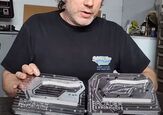


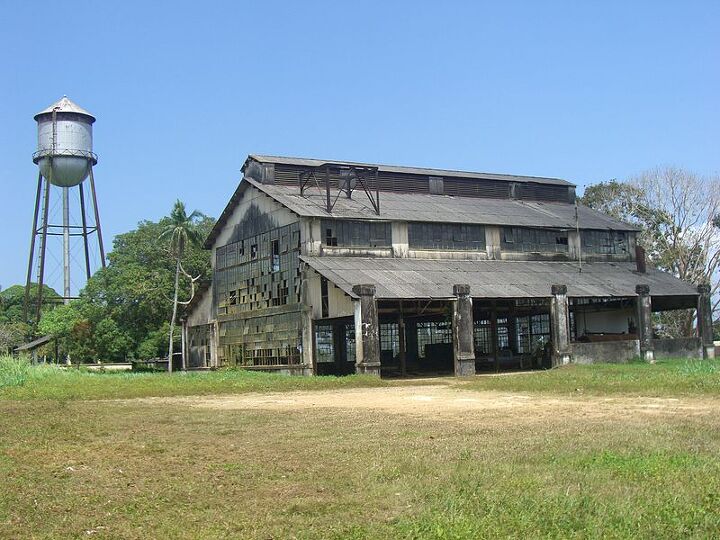












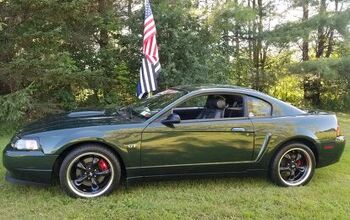


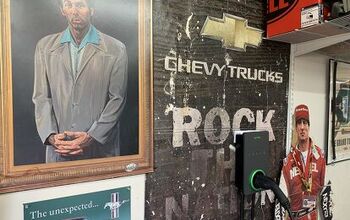
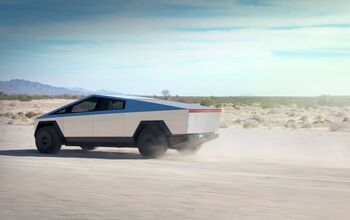
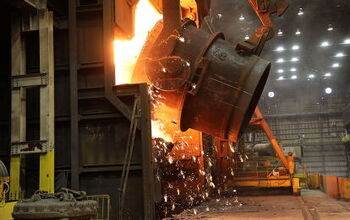
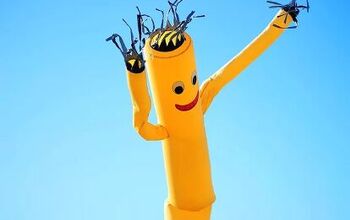
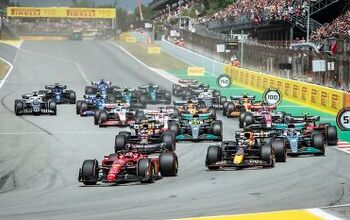






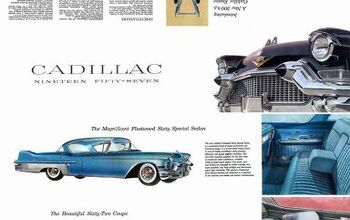

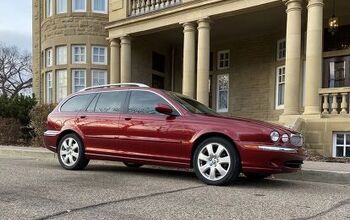

Comments
Join the conversation
The story is similar to a number of commodity based settlements. This experiment failed for two reasons. The first is the freedoms denied to the occupants and the second was the poor location of the settlement. A third problem would of been money or the earning potential of the settlers. There would be no chance in striking it rich. Most settlements throughout history fade away. Look at Detroit. In 1 000 years how many current cities will still be around?
There's a pretty good book by Greg Grandin about Fordlandia and, by extension, Henry Ford at the height of his influence. Recommended. The settlement failed because it never managed to produce rubber in significant quantities.